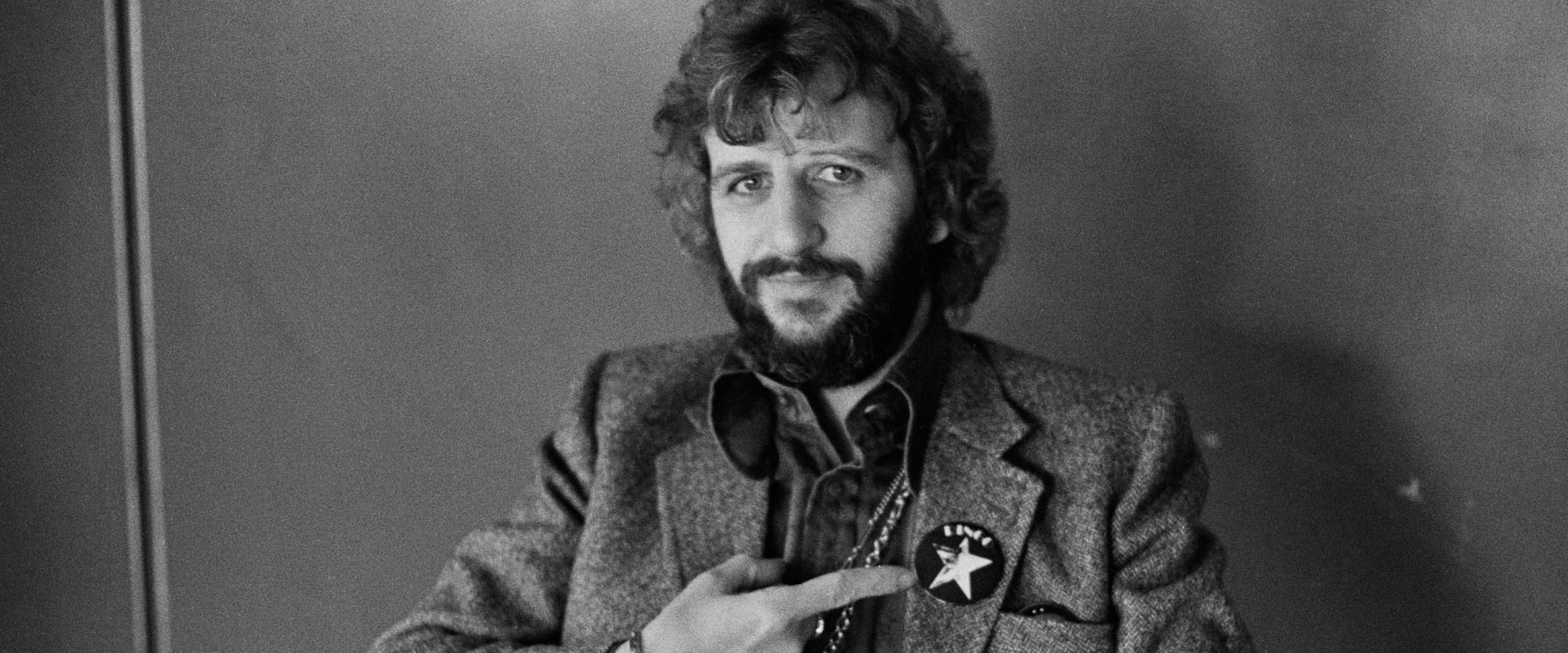While the Fab Four certainly shared some creative responsibilities amongst themselves, for the most part, everyone in The Beatles had a distinct role to play in the group. Paul McCartney and John Lennon were the primary songwriters, George Harrison was in charge of signature riffs and licks, and Ringo Starr held down the beat with metronomic precision. Post-breakup, the public was quick to assume each ex-Beatle would continue their previous function in new projects.
But that didn’t quite happen. Despite having numerous suggestions rejected by McCartney and Lennon, Harrison became the first Beatle to score a No. 1 hit after the band’s breakup with his 1970 hit, “My Sweet Lord”. Next was McCartney in 1971 with “Uncle Albert/Admiral Halsey”. While Lennon might’ve been the obvious next guess—and we say that with no disrespect to Starr—it was actually the drummer who topped the charts next, thanks to his 1973 single, “Photograph”.
“Photograph” remains one of the most beloved additions to Starr’s catalogue, something he foreshadowed when he refused to give the song to someone else because it was too “bloody good.”
Ringo Starr Won His First No. 1 Single Post-Beatles in 1973
Three years after The Beatles’ lengthy and contentious breakup was officially official and after two years of watching his bandmates pursue their solo careers, Ringo Starr won his first No. 1 single in the United States post-breakup. Starr released “Photograph” in September 1973, and the song performed well worldwide. In addition to topping the Billboard Hot 100 and Cash Box Top 100 in the States, Starr’s “Photograph” hit No. 1 in Australia and Canada and No. 7 on the U.K. Singles chart. Interestingly, “Photograph” is the only song that credits both Starr and his former Beatles bandmate, George Harrison.
According to those close to the ex-Fab Four (er, two), “Photograph” was the byproduct of several musicians sitting around and coming up with lyrical snippets on a yacht called the Marala. One of those lucky few in attendance on the ship was Cilla Black, with whom The Beatles were friends for years. Shortly after the seatime jam session, Black approached Starr and asked if she could record a version of “Photograph” for her album. Per Alan Clayson’s biography of the drummer, he replied, “No, it’s too bloody good for you. I’m having it myself.” A somewhat surprisingly blunt statement coming from the most famously affable Beatle, Starr was right. The song was a hit.
As the third ex-Beatle to hit No. 1 in the U.S. as a solo artist, Starr’s “Photograph” meant that John Lennon was the last former member of the Fab Four to top the charts stateside. His would come one year after Starr’s with the 1974 track, “Whatever Gets You thru the Night”.
The Drummer Hoped for a Band Without Comparison
Chart performance (and creative reception) are nothing if not fickle elements of the artistic process, which makes comparing The Beatles’ post-band No. 1 hits somewhat subjective. Some of their biggest hits, like Paul McCartney’s “Maybe I’m Amazed”, were never chartable singles. Tracks by John Lennon were not necessarily mainstream-friendly but revolutionary nonetheless. For Ringo Starr, who seemed to take the Fab Four’s split the hardest, he remained the most optimistic that these four distinct artists would merge once more.
Starr once said he “would not rule out that one day [The Beatles] might play together again,” adding, “just say the feeling is based on my natural optimism.” He clarified, however, that “no single Beatle could ever again dominate the others.”
Photo by Michael Putland/Getty Images
